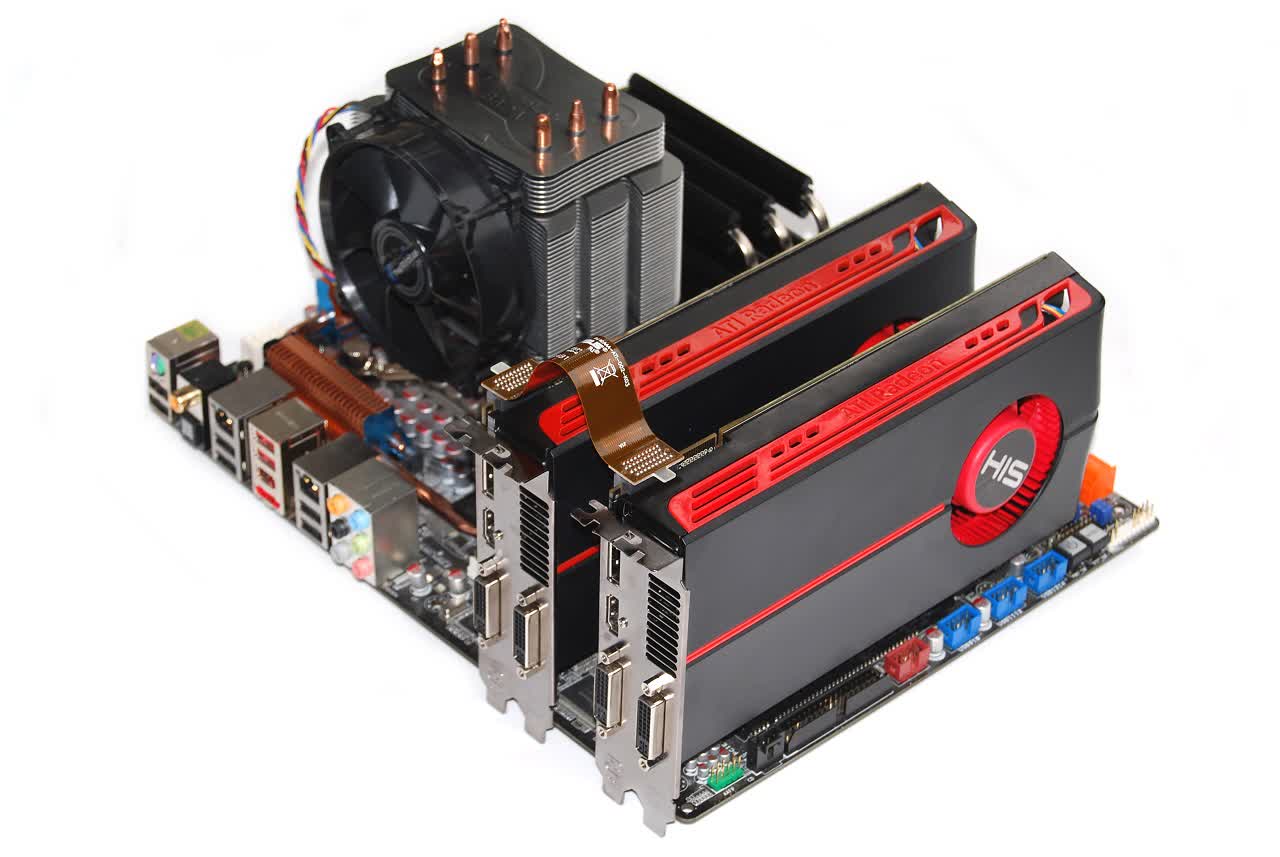Final Thoughts
AMD has kicked itself into high gear, pushing its ATI graphics division to produce the Radeon HD 5000 series way before main competitor Nvidia could respond. Having built momentum with the launch of the Radeon 5870 last month, the rest of the new Radeon line-up has been released in tandem, landing at the different price points as they saw fit.
Under different circumstances AMD would have been pressured to show all its cards at once, adjusting prices according to external factors. This also contrasts with the agitated release of the Radeon HD 4000 series. You may recall how it took AMD several months to show mainstream cards following the release of the Radeon HD 4870 and 4850.
And while we are now completing our first look at the Radeon HD 5770, the ultimate weapon in ATI's arsenal still remains to be seen, the dual-GPU Radeon HD 5870 X2 which we hope to show you shortly.

At $160 the Radeon HD 5770 appears to be picking up where the Radeon HD 4870 left off. Unfortunately we found the new card to be running slightly short on performance compared to both the Radeon 4870 and the GeForce GTX 260. On its favor you have a more efficient operation, a smaller PCB, some new features like Eyefinity and DirectX 11, though it's ultimately up to you to decide whether those make a big enough difference.
There is no question that the Radeon HD 5770 is a great sub-$200 product, however a problem is presented when you have both Nvidia and AMD offering competent previous generation products at bottom line prices. We were able to find both Radeon 4870 1GB and GeForce GTX 260 cards selling for the exact $160 that the Radeon HD 5770 is supposed to sell for, when available. With the Radeon HD 5750 trailing behind and the HD 4770 also on offer at $100, ATI will have to manage a balance among its budget and mainstream products.
It also remains to be seen what the availability is going to look like for these new mainstream Radeons as we have seen stock of the higher end HD 5870 and 5850 come and go in the last couple of weeks.
The Radeon HD 5750 which is essentially the same product as the 5770, operates its core and memory at lower frequencies. The HD 5750 was roughly 18% slower than the 5770 in our tests, which is just about the same kind of price reduction you get ($130). We were unable to explore the overclocking potential of this card due to time constraints, but that's something we will follow on shortly if there's anything interesting to report.
As things stand today, the landscape has not shifted considerably with the launch of the Radeon HD 5770. It's a worthy competitor that brings all the bells and whistles of its more expensive siblings, but it doesn't push the performance envelope on its price segment. Meanwhile, the week-old Radeon HD 5850 offers considerable more performance for an extra $100 (if you can find one on offer).
